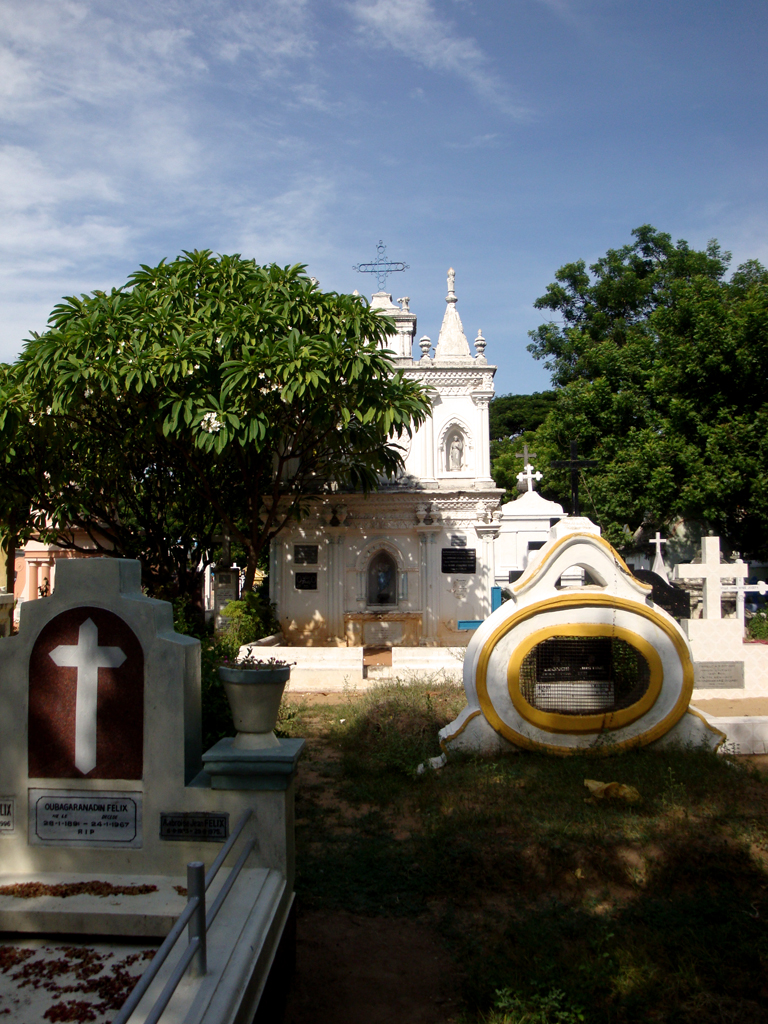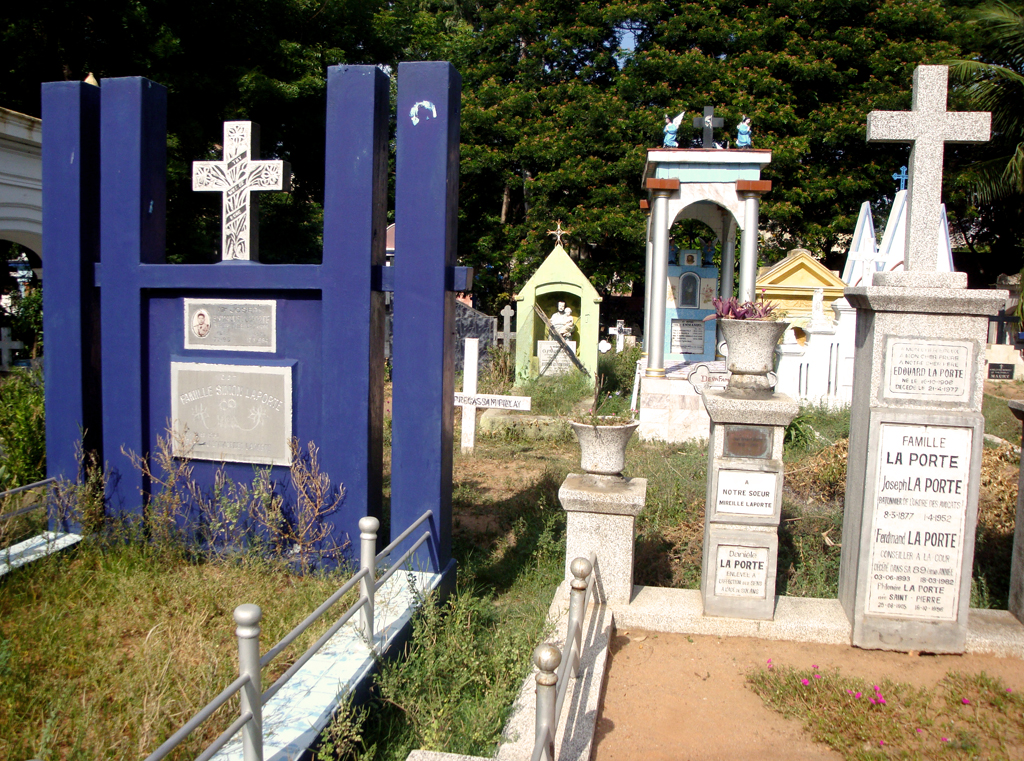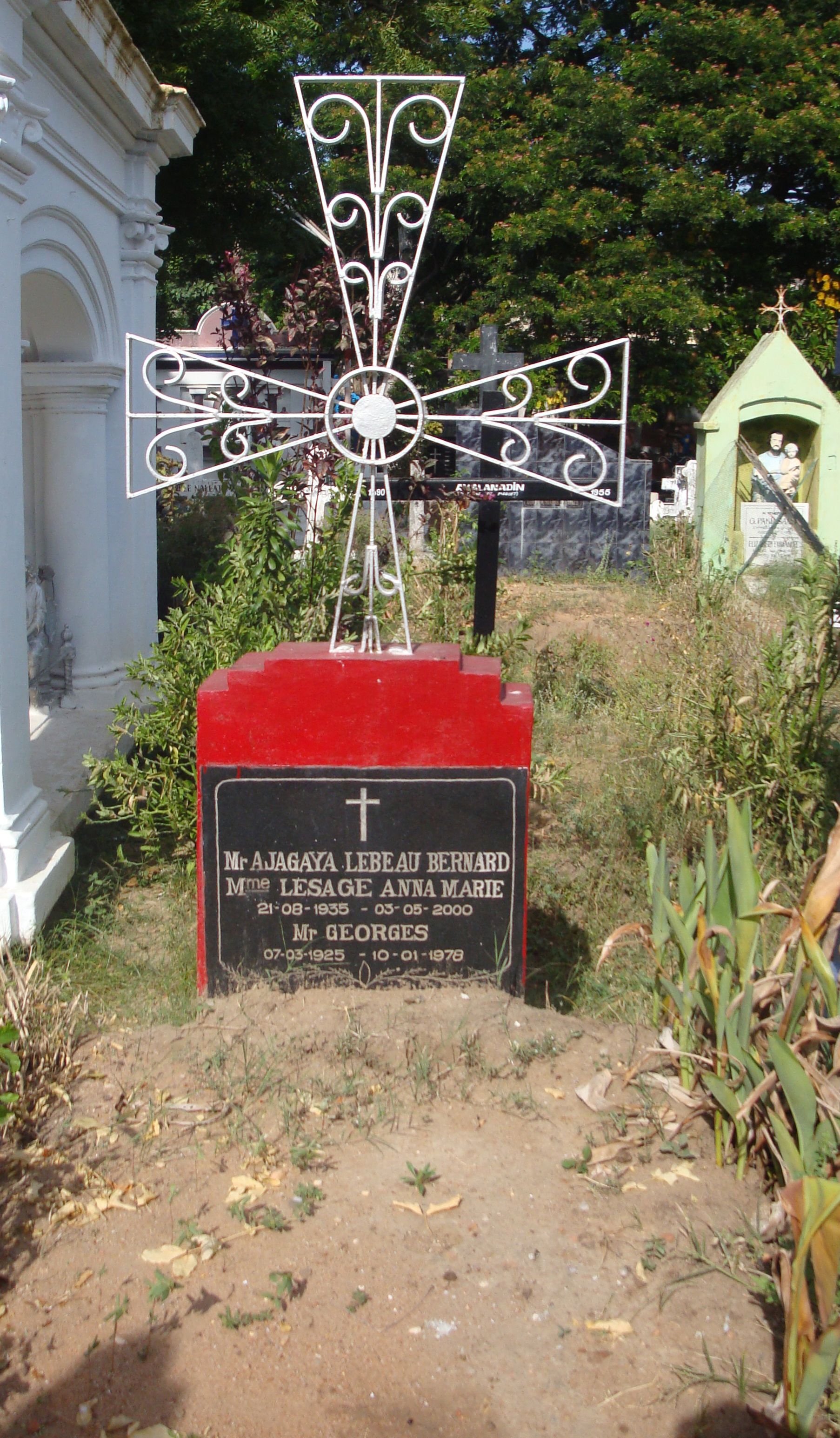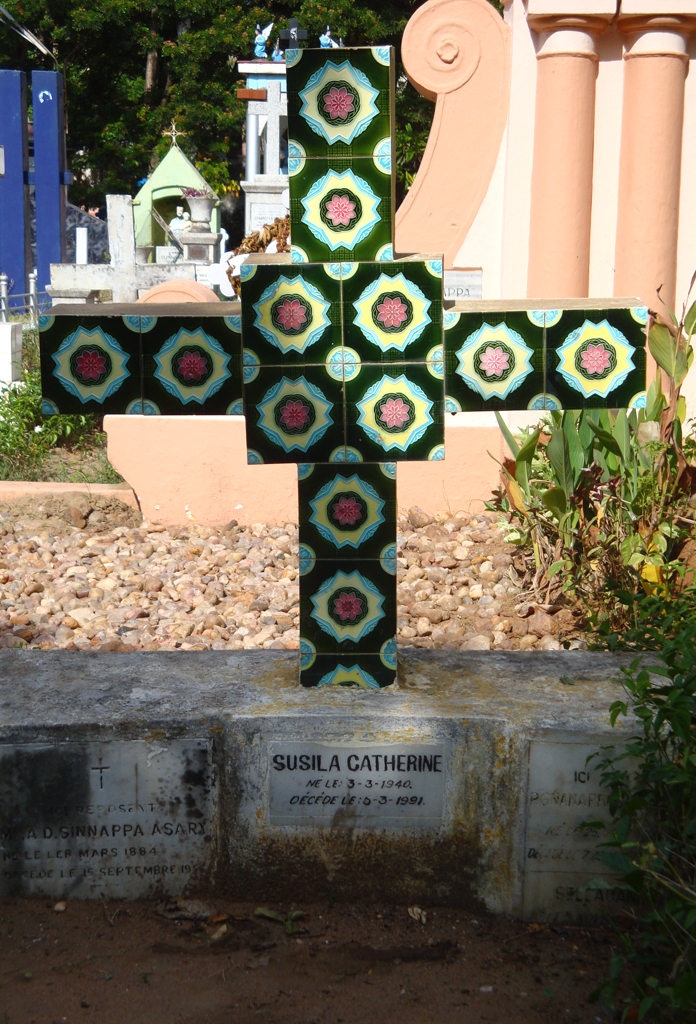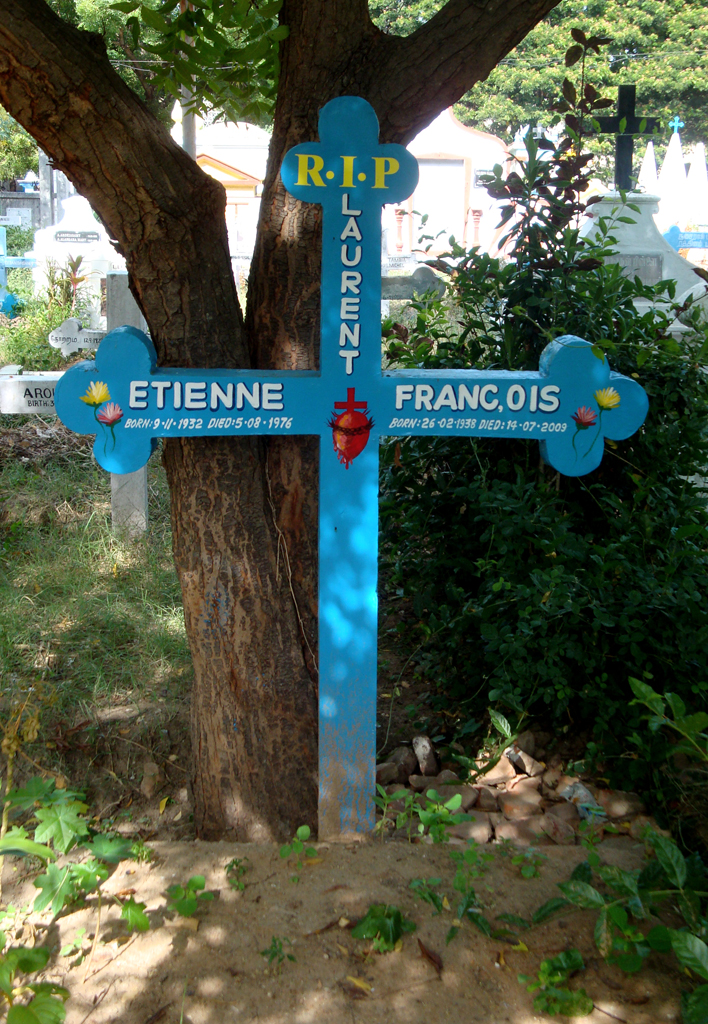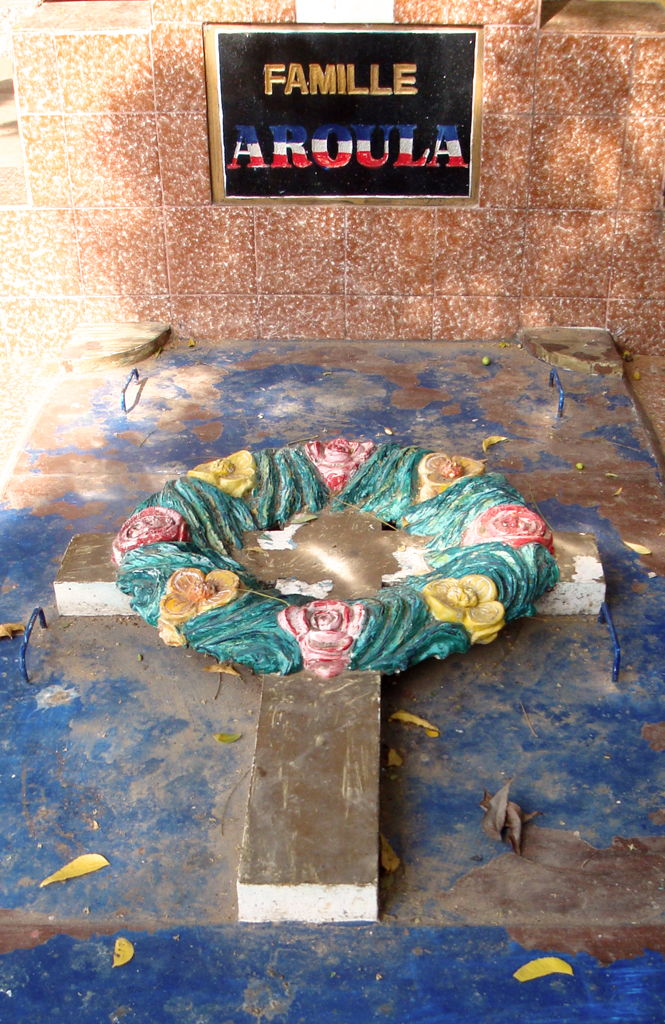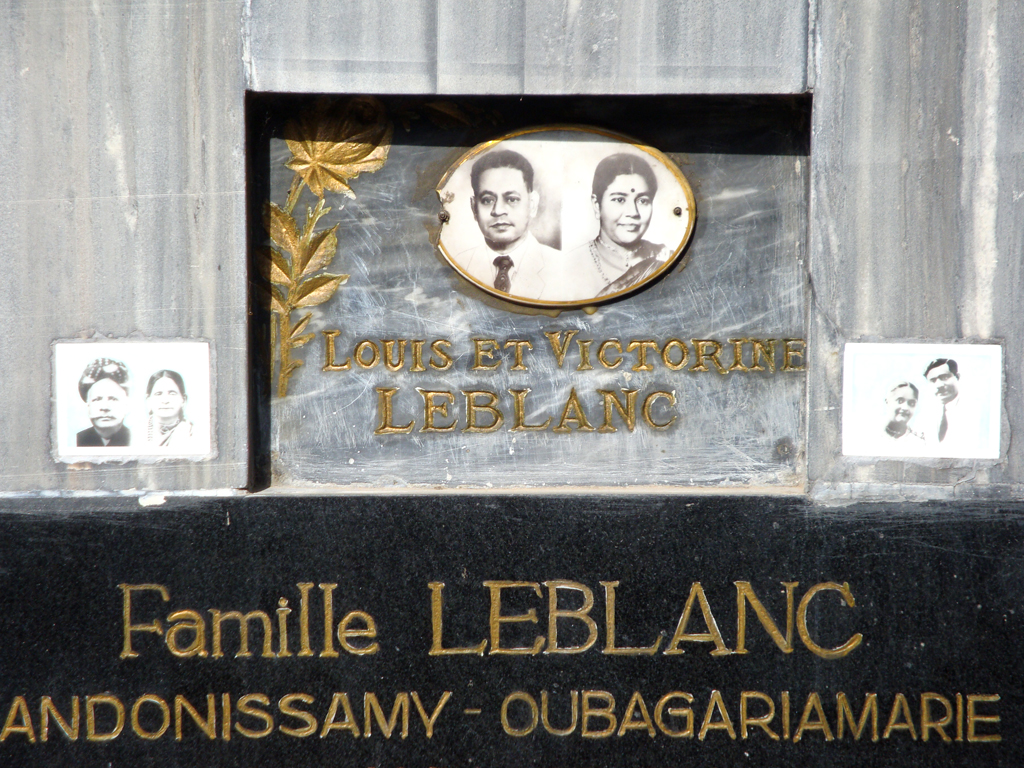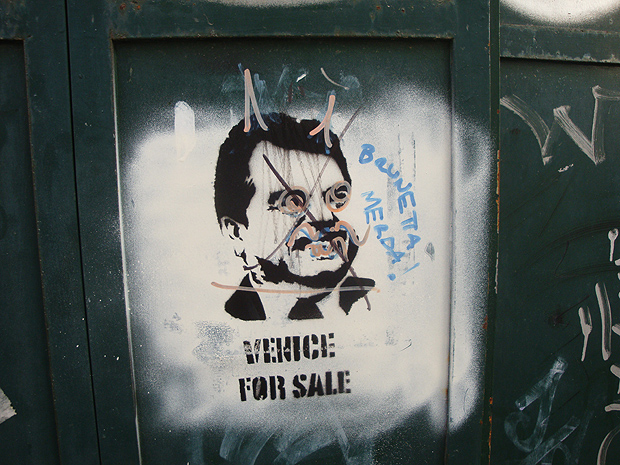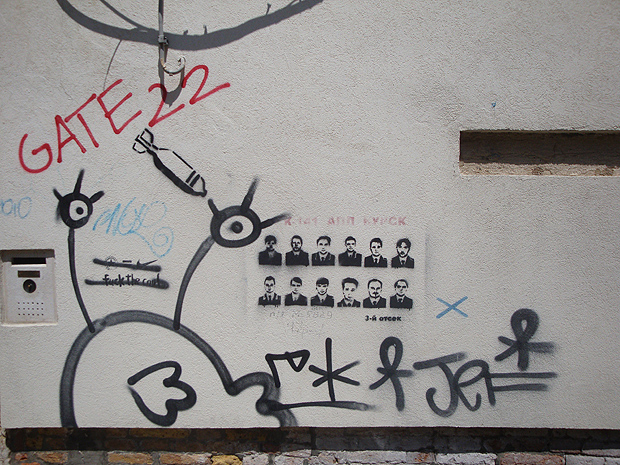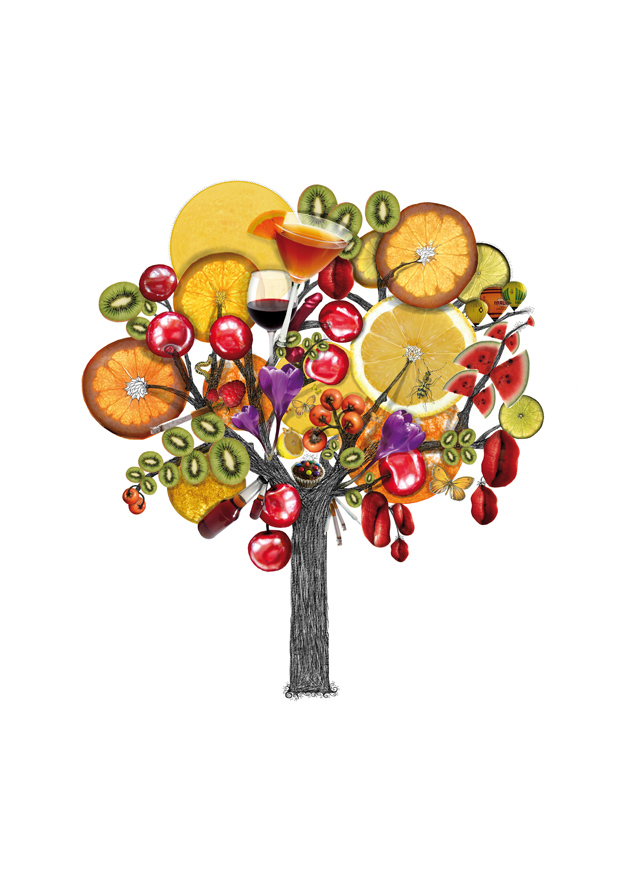The Walls of Venice
Photographs of graffiti and posters on the walls of venice, during the time of the venice biennale.
Exhibition at 60mpc
My poster exhibited at 60 mpc's This is the Start of Summer event.
My illustration work was sold at the event "This is the Start of Summer" at 60mpc, Bournemouth UK. Above are photos of the event and the illustration itself.
Surrealism in Graphic Design
An overview of the talk on surrealism in graphic design by Rick Poynor, founder of eye magazine.
Rick Poynor's talk about Surrealism in graphic design was inspiring and refreshingly idealistic. He is an influential writer on visual culture and founder of Eye magazine. He started off by saying that surrealism is about transforming the world, a kind of 'poetic expression' and document of the 'marvellous'. To surrealists' the term marvellous is something transformative, beautiful and uncanny.

Katastrofa by Roman Cieślewicz (1961). From the archive of the Moravian Gallery in Brno. [Image Source].
Poynor argues that the clinical and grid-based designs being mass-produced today in the UK are a symptom of a much larger social control. The mobile phone that is supposed to free you is actually putting you into a node. He suggested that we should avoid 'submitting to the grid.' Instead he showed us brilliant examples of Polish and Czech graphic designers who created unforgettable images using surrealist elements. There are various ways to create this surrealist feeling: random juxtaposition, doubles, repetition, and of course the use of dolls. The images should make you feel uncomfortable, repelled and at the same time attracted to the work.
From the archive of the Moravian Gallery in Brno. [Image Source].
This image above by Jan Švankmajer is an excellent example of the kind of surrealist work Poynor emphasized in the talk and his earlier exhibition about the same topic.
^ by French artist Marion Bataille. From the archive of the Moravian Gallery in Brno. [Image Source].
Poynor goes on to mention that none of this may be "true" surrealist art since a true surrealist has sworn into the surrealist manifesto. You could say that this use of surrealist imagery in advertising and movie posters is a commodification of such ideals. We cannot deny however that surrealism, even as a term, has diffused into the mainstream, though not necessarily in the way that the original surrealist intended the term and imagery to be used.
Finally Poynor laments the absence of disruptive graphic design in UK and London, especially in the London tube. By encouraging students like us to pursue our individual expression, he hopes for a 'visual culture that reflects humanity in all its complexity.'
Reference
Poynor, R (2011). Surrealism in Graphic Design. Arts University College Bournemouth. 13th May.
Design Observer Blogs. (2010) Uncanny: Surrealism and Graphic Design. Available from: http://observersroom.designobserver.com/rickpoynor/uncanny.html [Accessed 15th May 2011].
Moravian Gallery in Brno. (2010). Uncanny: Surrealism in Graphic Design by Rick Poynor. Available from http://www.moravska-galerie.cz/moravska-galerie/vystavy-a-program/aktualni-vystavy/2010/cosi-tisniveho-surrealismus-a-graficky-design.aspx Accessed [15th May 2011].
Bombay Book Cover
I attended a group tutorial that was held for all the Graphic Design MA students on the 13th of Dec. I felt it was important to gain some perspective on my project, since graphic students would have a different point of view when it came to Interactive Media. Peer feedback is always helpful, and I was simply curious about the kind of projects the other MA students were working on. The one-day workshop was moderated by Phil Jones, and involved all of us creating a quick piece of graphic work based on an open-ended brief. We were instructed to find an object or a photograph that had anything to do with our chosen topic, in my case, Mumbai. Since we had just 30 minutes, I ended up with a Time and Life book on Bombay, and chose the cover as my topic of study.
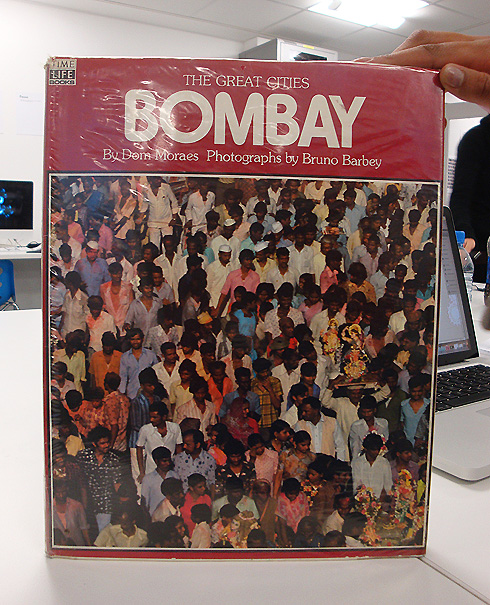
What followed was a group analysis, dissecting the object in terms of semiotics, its source, context, its materials and other relevant factors that give it meaning. After the analysis each person was given a new brief: to convert or transform the object into a graphic work keeping in mind theanalysis and discussion. Each person was given two hours to create a finished piece of graphic work.
During the discussion several people mentioned "dots" as a recurring shape in the cover, as each person was reduced to a dot. Another point was how the photograph transformed many individuals into one large mass of colour. My aim was to reduce the cover to its basic colours and shapes. In one way the poster is a mockery of the original object, as it strips it of meaning. At the same time is still comparable to the original when placed next to the other because of similar shapes, alignment and colours.
Stray Factory
Check out the logo I've designed for Stray Factory. They're an entertainment collective, who're into a lot of awesome projects, a majority of which are contemporary theater experiments in Chennai.

Want to see more? Check out this poster for a play called Dystopia
Update: Stray Factory and Indiblogger are hosting The Great Indian Blogologues to take blogs onto the theater stage for the first time ever. Any post of yours, be it a rant or a rave will be converted into a performance if you win! > Stray Factory is also in the press here.
Colourful Graveyard: Photo Essay
I've always been curious about the local graveyard. Sometimes I see backpackers and tourists leave the place, carrying their bulky SLR's. So I finally made the time, and walked through it. It surprised me because it wasn't typical. Not that I've seen many graveyards. The only other time I've set foot in one is for a silly dare when I was a kid. Another time was when I was doing a design project near the border of Rajasthan in a village called Idar. I visited a very small Dargah there, deserted and locked away. Technically its not a graveyard, but its very similar in concept to a graveyard because it is burial ground.
